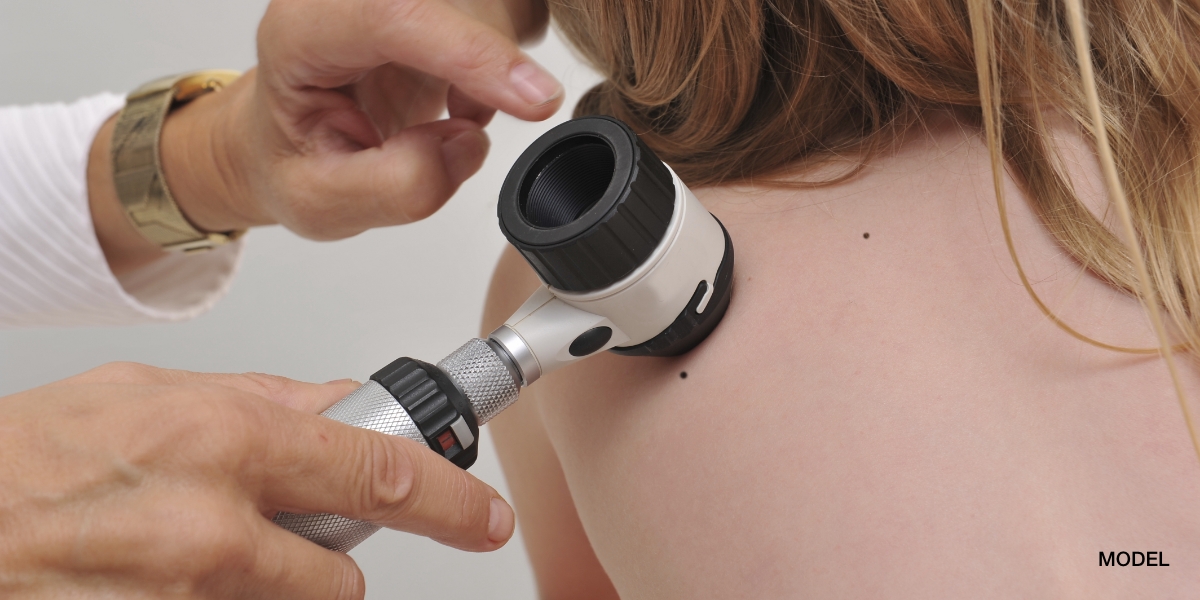Many different skin lesions grow on the eyelid ranging from benign moles to basal cell cancers. Rashes are also very prevalent on the eyelid especially seborrheic dermatitis and sarcoidosis. Thus, biopsying the eyelid is very commonplace in the dermatology clinic. The eyelid can be anesthetized painlessly as the skin is very loose in this area. In my opinion, skin with high laxity has minimal pain when delivering local anesthesia. I have the patient keep there eyelids closed and I make a very small wheal with the local anesthesia. An eyelid biopsy set consists of a very small forceps and scissors, which enables me to grasp and remove an eyelid lesion. For rashes, I use a 3mm punch biopsy and a very fine suture (5.0 nylon) to obtain a biopsy. Occasionally, patients have lower eyelid swelling as the local anesthesia migrates to the lower eyelid via gravity and rarely some bruising leading to a “black eye.”
August 10, 2010

Medically reviewed by Anthony J. Perri, M.D.
You May Also Like



Request a Consultation (Sidebar)
Recent Posts
Categories
- Uncategorized (512)
Tags
acne (6)
acne treatment (3)
acne vulgaris (2)
basal cell carcinoma (2)
biopsy (3)
cold urticaria (1)
common skin conditions (11)
dermatologist (15)
dermatology (7)
dr. perri (8)
dry skin (1)
eczema (2)
filiform (1)
health (3)
Herpes (1)
herpessimplex (1)
hives (2)
indentification (1)
keratosis pilaris (1)
Lichen Planopilaris (1)
melanoma (2)
moles (3)
periungual (1)
perri dermatology (10)
prevention (2)
rashes (2)
rosacea (3)
rosacea therapy (2)
skin cancer (6)
skin cancer screening (5)
skin care (2)
skin checks (8)
skin condition (6)
skin conditions (8)
skin damage (2)
skin exam (8)
summertime (3)
sunburn (3)
sunburns (2)
Sunprotection (1)
sunscreen (2)
virus (1)
warts (2)
why perri dermatology (3)
woodlands dermatologist (6)
